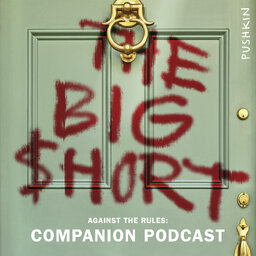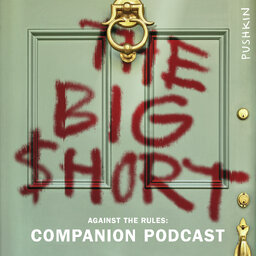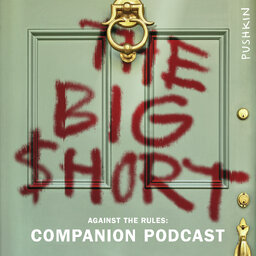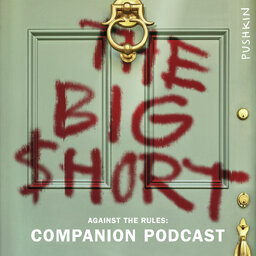Episode 7: The Person Who Knows
The United States had a pandemic plan. But when a pandemic came, we hesitated to follow it. The country was hobbled by argument and doubt. Much of that doubt came from experts who proposed that Covid might not be as lethal as scientists feared. Michael Lewis returns to the subject of his latest book, The Premonition, to understand why it's so hard to trust the truest signs of expertise: a willingness to follow the evidence.
If you’d like to keep up with the most recent news from this and other Pushkin podcasts be sure to sign up for our email list at Pushkin.fm.
 Against the Rules: The Big Short Companion
Against the Rules: The Big Short Companion


